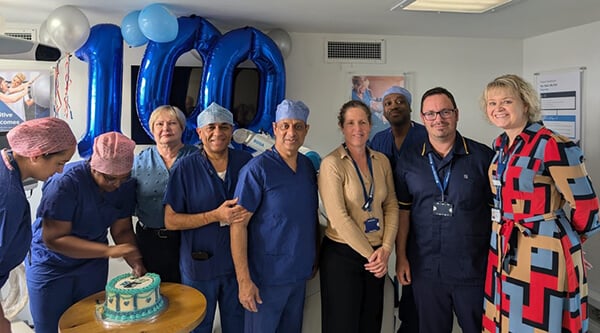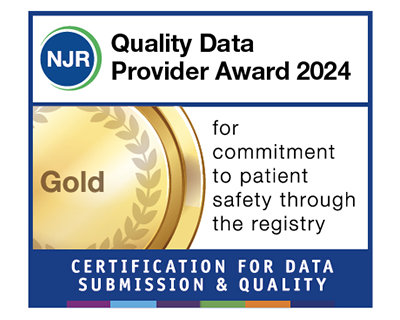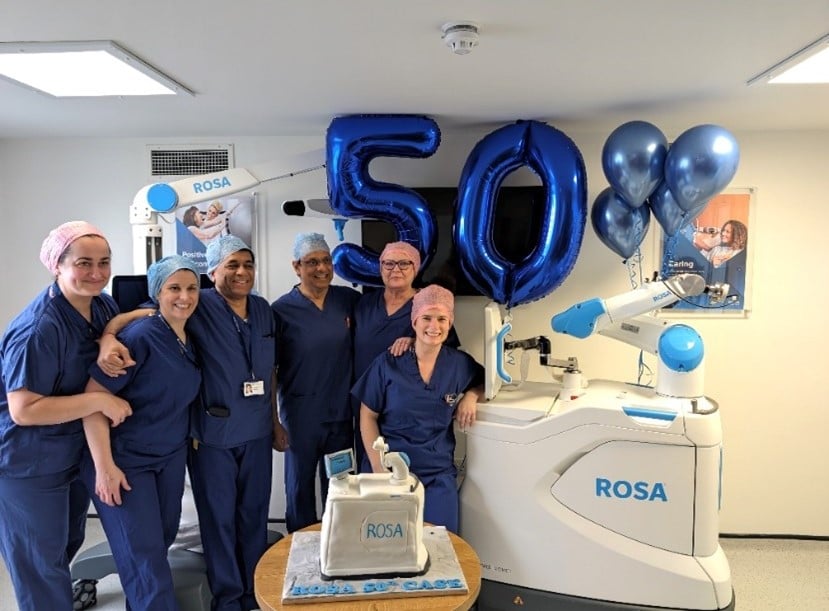What is Radiofrequency Ablation (VNUS) Closure Procedure?
The treatment involves heating and closing the vein from within, using radiofrequency energy. This is usually performed whilst you are awake under local anaesthetic on a walk-in walk out basis, although it can also be performed under general anaesthetic. This technique works very similarly to Laser (EVLA) and is recognised by NICE as being equivalent. There are a few technical differences between the 2 techniques, but they are essentially very similar. The RFA device is slightly larger than a laser so it is placed through a small device called and angio sheath, but patient may experience less post operative pain than laser. Because of its size only straighter veins such as the long saphenous vein or short saphenous vein are suitable. RFA is only suitable to treat veins up to 12mm in diameter. Your consultant will discuss the options with you at your consultation.
Before the procedure the consultant will use an ultrasound machine to scan and mark the position of the end of the vein in the groin. You will then enter the treatment room or operating theatre and local anaesthetic injected. A special catheter is then inserted into the vein through a small 2-3mm cut just below the knee.
Once positioned, radiofrequency energy is gently delivered to seal and shut the faulty vein. A small dressing is applied, along with a special compression stocking which you will need to wear for the next 7 to 10 days. Following this procedure most people have an instant relief of symptoms.
The procedure generally takes around 30 – 40 minutes, and following this you will normally be free to leave after in as little as an hour. Your consultant will discuss this with you at your consultation.



